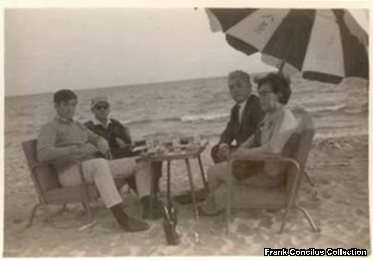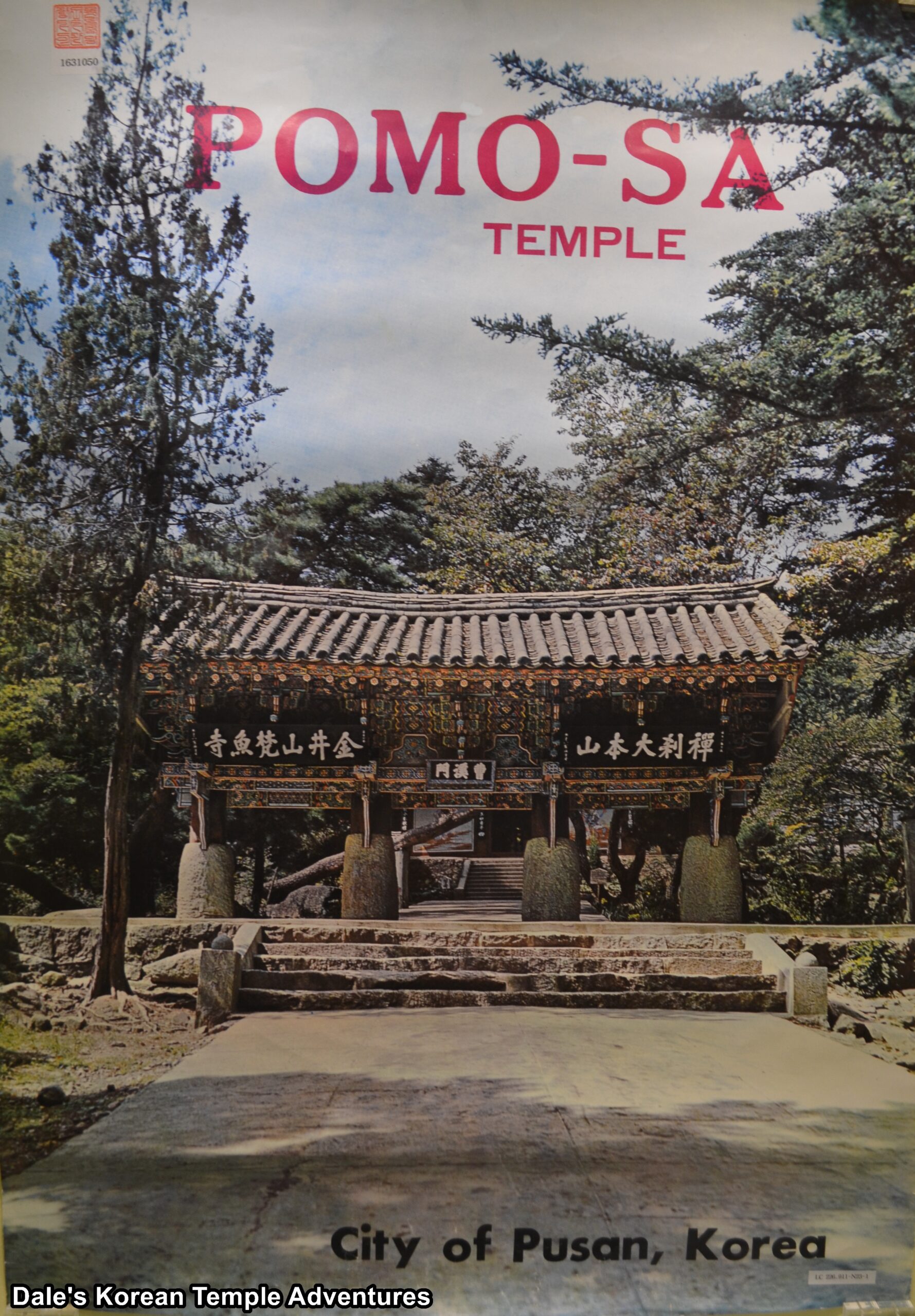
One of the great things about running a website about Korean Buddhist temples is that you get to meet a lot of amazing people. And a lot of these amazing people have varying backgrounds, interests, and insights. Rather amazingly, some of these people first visited Korea in the 1960s, 1970s, and 1980s. Here is Frank’s story:
Q1: Where are you originally from? Introduce yourself a little.
A: I’m originally from Pittsburgh but after college I joined the Peace Corps and came to Korea in 1966
Q2: When and why did you first come to Korea?
A: 1966 Peace Corps
Q3: When you first came to Korea what city did you live? Did you subsequently move around?
A: Busan for less than a year. Was medically returned to States.
Q4: What was the first temple you visited in Korea?
A: My Korean family took me to see Tongdosa [Temple] and Beomeosa [Temple]. They were devout Christians but wanted me to see the temples.


Q5: What drew your interest to Korean Buddhist temples? (Buddhism, architecture, art, history, etc)
A: We had at least 2 books about Buddhism in our Peace Corps foot locker that, along with the temple visits, made me very curious about Buddhism.
Q6: What is your favourite temple? Why?
A: I like many of the temples a lot, but perhaps Haeinsa [Temple] is my favorite. When I came back to Korea in 1971 on a visa trip from Tokyo (to begin teaching at Sophia University’s International Division), I took a bus to Haeinsa [Temple] and amazingly was permitted to join some monks for several days of their Winter Retreat. A monk invited me to climb up to a hermitage and introduced me to Songchol [Seongcheol] Sunim. I didn’t know who he was, but I had a chance to talk with him about meditation for at least 40 minutes. I later discovered what an honor that had been.
Q7: What temple or hermitage has changed the most from when you were first got here? What has changed about it?
A: We had a Peace Corps conference in 1966 in Kyongju [Gyeongju] and visited Bulguksa [Temple], which at that time had not be greatly restored. It was beautifully restored in the late 60s and early 70s.
Q8: What was the most difficult temple to get to? How did you get there?
A: In 1970, I asked about meditation at Jogyesa [Temple] and a kind monk wrote down a Seon master’s name and his temple outside of Incheon. I had to take buses into the countryside but found Yonghwasa [Temple] and met Jeongang Sunim, one of the great 20th century masters. I stayed there at the temple for about a week. I was so lucky to have met two of the greatest Korean Seon masters.
Q9: Did you remain in Korea or did you return home?
A: I have lived mostly in Korea since Peace Corps days but have also taught in Japan for a number of years.



Recent comments